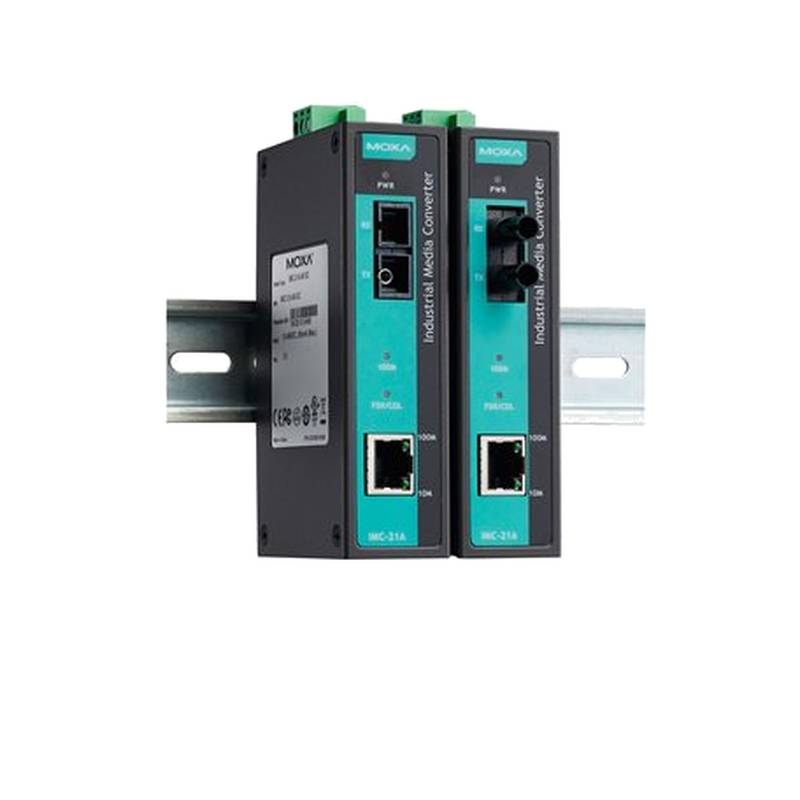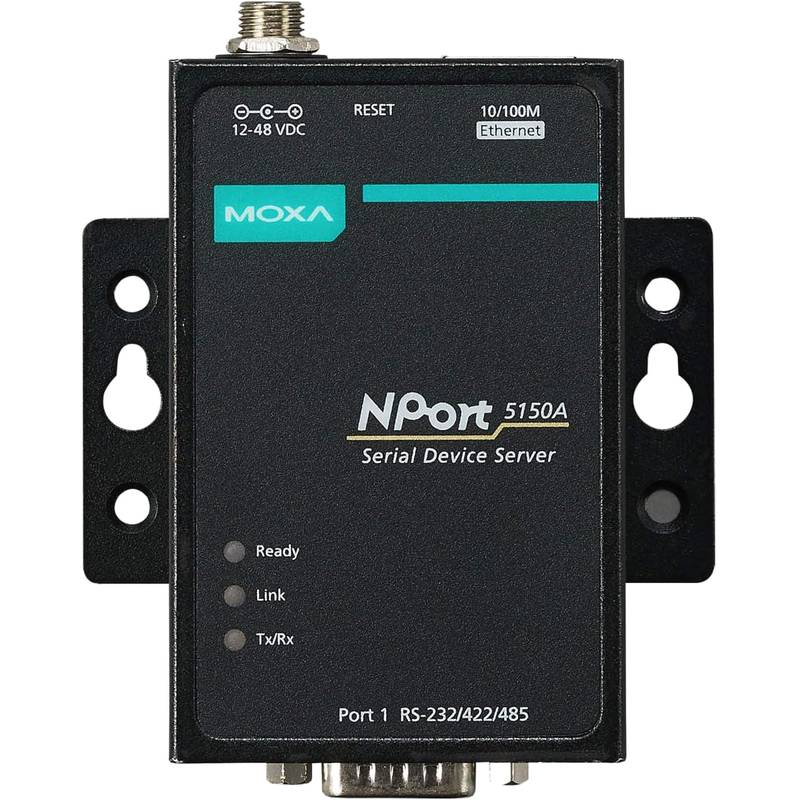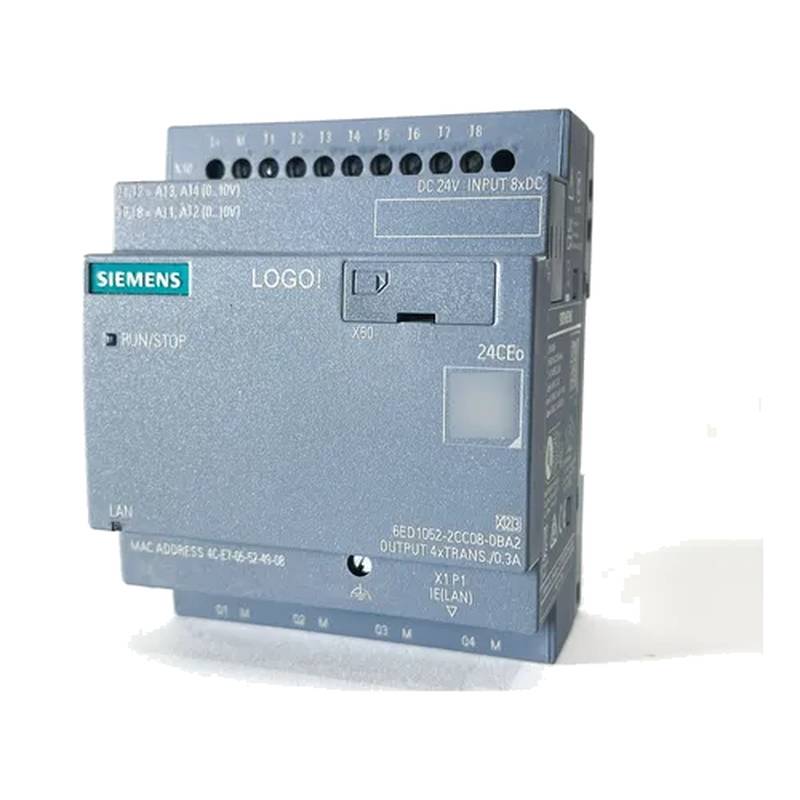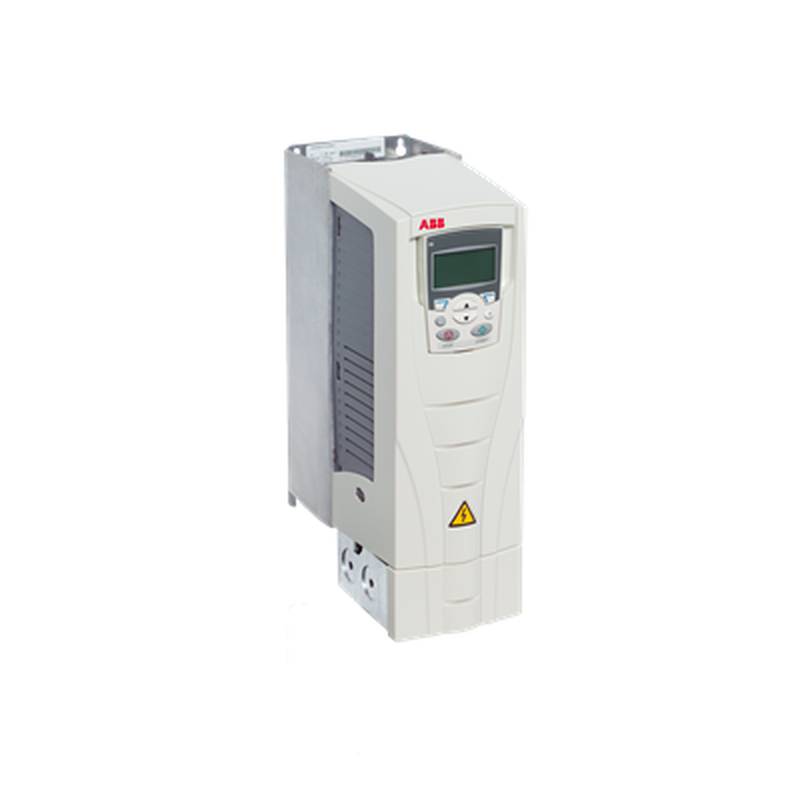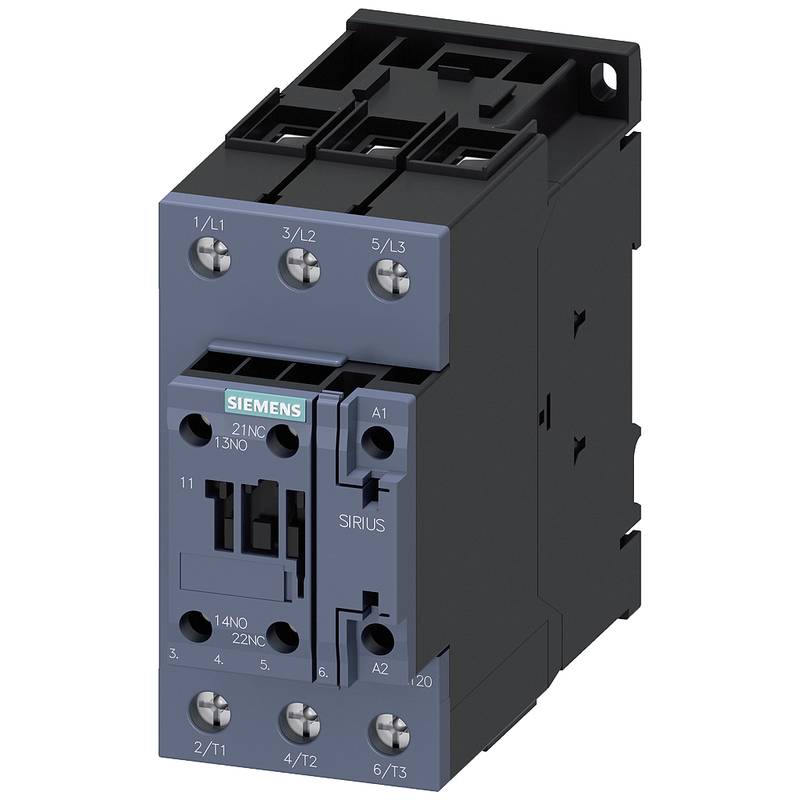
The Moxa IMC-21A-M-ST-T is a robust 100M multi-mode ST Turbo Ring media converter engineered for demanding industrial environments. It excels in extending network distances and bridging different media types, such as copper Ethernet to fiber optic, ensuring reliable data transmission in harsh conditions. Key advantages include its high reliability, compact design, and support for Moxa's proprietary Turbo Ring technology for sub-20ms network recovery. Technical parameters highlight its wide operating temperature range (-40 to 75°C), dual redundant power inputs, and adherence to industrial standards for electromagnetic compatibility and shock/vibration resistance. This converter is a critical component for industrial network infrastructure where uptime and data integrity are paramount.
Product Specifications
| Feature | Specification |
| :---------------------- | :---------------------------------- |
| Ethernet Ports | 1 x 10/100BaseT(X) (RJ45) |
| Fiber Ports | 1 x 100BaseFX Multi-mode (ST) |
| Fiber Distance | Up to 2 km |
| Ring Technology | Turbo Ring (recovery < 20ms) |
| Power Input | 12/24/48 VDC, 24 VAC (dual inputs) |
| Operating Temperature | -40 to 75°C |
| Dimensions | 33.5 x 77 x 95 mm |
| Mounting | DIN-rail, Wall mount |
| Certifications | CE, FCC, UL, Class 1 Div 2 / ATEX |
| MTBF | > 500,000 hours |
Core Features & Market Positioning
The Moxa IMC-21A-M-ST-T distinguishes itself through its industrial-grade construction and advanced networking capabilities. Its multi-mode fiber support at the ST connector type offers a cost-effective solution for extending Ethernet networks up to 2 kilometers, making it ideal for factory floors, substations, and transportation systems. The integration of Moxa's Turbo Ring technology provides exceptional network redundancy, ensuring continuous operation even during link failures, a critical requirement in process automation and critical infrastructure. This product is positioned as a reliable, high-performance media conversion solution for sectors demanding robust and resilient network connectivity, differentiating it from less ruggedized or feature-limited alternatives. Its broad operating temperature range and certifications for hazardous locations further underscore its suitability for mission-critical industrial deployments.
Key Application Scenarios
This media converter is frequently deployed in industrial automation networks to bridge the gap between standard Ethernet devices and fiber optic cabling. Common scenarios include connecting Programmable Logic Controllers (PLCs), Human-Machine Interfaces (HMIs), and SCADA systems to a central control network, especially where distances exceed copper's limitations or where electromagnetic interference is a concern. It plays a vital role in the energy sector for power utility substations, extending network reach to remote monitoring equipment. In transportation, it supports traffic management systems and railway signaling networks. Furthermore, its resilience makes it suitable for applications in mining, oil and gas, and manufacturing plants where robust network infrastructure is essential for operational efficiency and safety.
Practical System Integration Guidance
Integrating the Moxa IMC-21A-M-ST-T is straightforward, leveraging standard industrial practices. The unit supports DIN-rail mounting for quick installation within control cabinets. Power is supplied via dual, redundant DC or AC inputs, allowing for uninterrupted operation if one power source fails. Connect your 10/100BaseT Ethernet devices to the RJ45 port using standard Cat5e or higher Ethernet cables. For the fiber optic connection, ensure you use multi-mode fiber optic cables terminated with ST connectors, adhering to the 2 km distance limit. For Turbo Ring configuration, connect multiple IMC-21A-M-ST-T units in a ring topology using both fiber and copper ports as needed, then configure the ring parameters via the unit's web interface or console port to enable rapid network failover.
Operation and Risk Mitigation
Operating the Moxa IMC-21A-M-ST-T requires adherence to general industrial electrical safety practices. Ensure power sources are correctly rated and connected. The unit's inherent resilience, including its wide temperature tolerance and vibration resistance, minimizes operational risks in harsh environments. In the unlikely event of a fault, diagnostic LEDs on the front panel provide immediate status indication for power, fiber link, and Ethernet activity. For troubleshooting network connectivity issues, verify physical connections, check fiber optic light levels if possible, and confirm IP addressing and network configuration. The Turbo Ring technology inherently mitigates risks associated with single link failures by automatically rerouting traffic, thereby enhancing overall network uptime.
Scalability & Long-Term Value
The Moxa IMC-21A-M-ST-T offers significant long-term value through its inherent scalability and compatibility. As industrial networks grow, additional IMC-21A-M-ST-T units can be seamlessly integrated into the existing network, expanding reach and connectivity. Its support for standard Ethernet protocols ensures compatibility with a wide range of industrial devices and control systems. For organizations moving towards Industrial Internet of Things (IIoT) and Industry 4.0 initiatives, this media converter serves as a foundational element, reliably connecting legacy equipment to newer digital platforms. The robust design and Moxa's reputation for reliability translate into a low total cost of ownership, reducing maintenance and replacement needs over the system's lifecycle.
FAQs
What is the maximum distance for the fiber optic connection on the Moxa IMC-21A-M-ST-T?
The Moxa IMC-21A-M-ST-T supports multi-mode fiber optic connections up to 2 kilometers. This extended range is crucial for bridging larger distances within industrial facilities or between interconnected sites. It utilizes standard ST connectors for easy and reliable termination.
This maximum distance ensures reliable data transmission between copper Ethernet segments and the fiber optic backbone. It is suitable for applications spanning factory floors, large warehouses, or outdoor industrial yards where direct copper cabling is impractical or impossible due to environmental factors or distance limitations.
Proper fiber optic cable selection and termination are key to achieving this maximum distance. Using high-quality multi-mode fiber and ensuring clean, well-made ST connectors will guarantee optimal performance and signal integrity over the 2 km link.
Does the Moxa IMC-21A-M-ST-T support industrial network redundancy protocols?
Yes, the Moxa IMC-21A-M-ST-T features Moxa's proprietary Turbo Ring technology for rapid network redundancy. This ensures sub-20ms recovery time in case of a network link failure. It is also compatible with standard Ethernet protocols for broader integration.
Turbo Ring allows the creation of redundant network loops, significantly enhancing network uptime and data availability. This is vital for critical industrial applications where any network interruption can lead to costly downtime or safety hazards.
Beyond Turbo Ring, the unit supports standard Ethernet communication, allowing it to function effectively in non-redundant configurations or alongside other network management systems. Its dual power inputs further bolster operational resilience.
What are the power requirements for the Moxa IMC-21A-M-ST-T media converter?
The Moxa IMC-21A-M-ST-T is designed with flexible dual power inputs to ensure high availability. It accepts a wide voltage range, including 12/24/48 VDC and 24 VAC. This allows for easy integration into existing power infrastructures.
The dual power input capability is a critical feature for industrial environments, enabling seamless operation even if one power source fails. It offers resilience against power supply interruptions, maintaining network connectivity without manual intervention.
Users must ensure the connected power supplies conform to the specified voltage ranges to avoid damaging the unit. The terminals are clearly marked for proper polarity and connection of both primary and secondary power sources.














